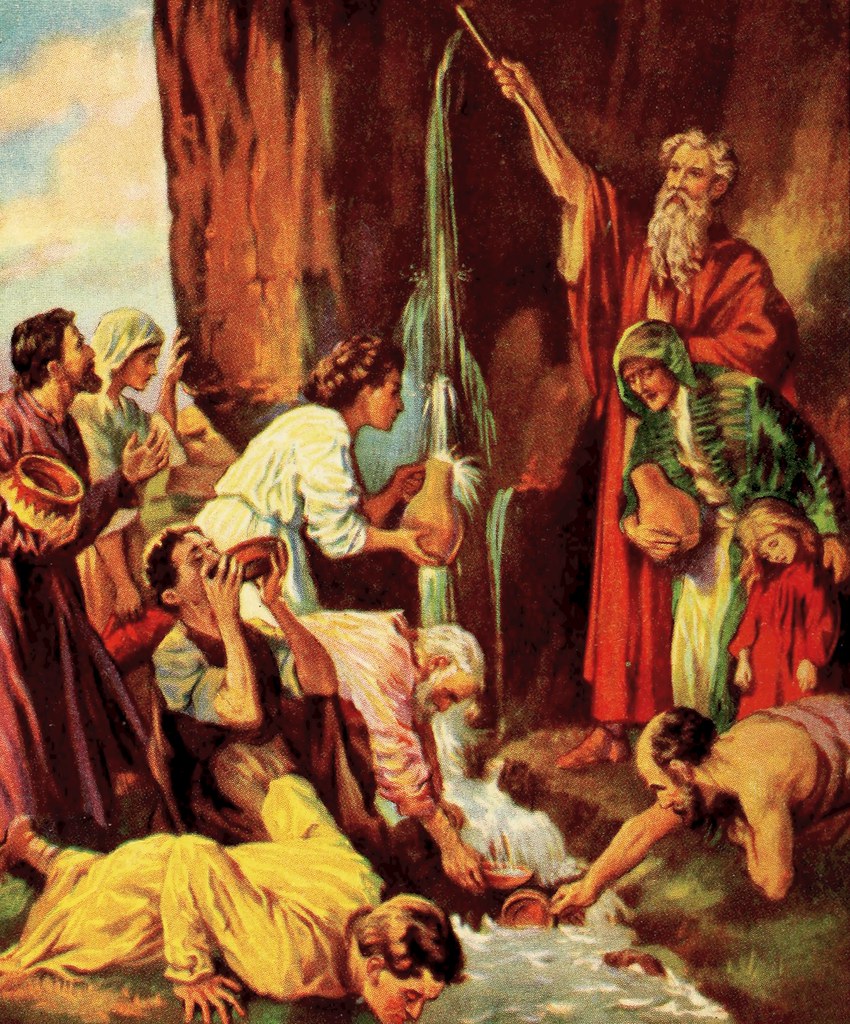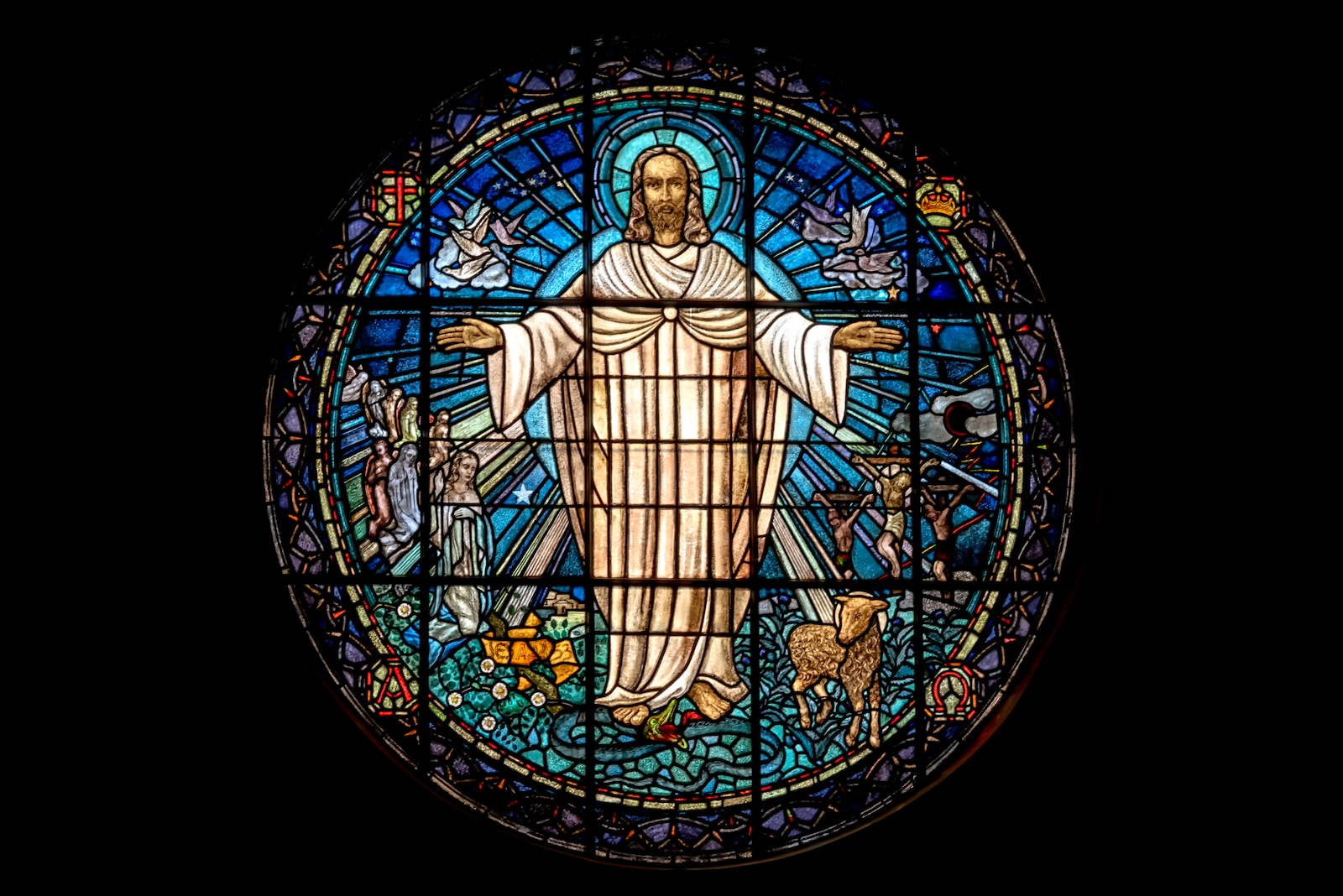The Song of Songs is a poetic book in the Bible, renowned for its lyrical and metaphorical language. In this article, we will focus on Song of Songs Chapter 3 and its profound exploration of Messianic love and longing. This chapter delves into the intense yearning and desire for union between the bride and the bridegroom, offering insights into the nature of spiritual love and the human longing for connection with the divine.
The Song of Songs is a collection of love poems, often attributed to King Solomon. It stands out among other biblical books due to its rich and evocative language, filled with imagery and metaphors. The Song of Songs is unique in its portrayal of human love, but it also carries a deeper symbolic meaning, representing the relationship between God and his people. Now, let’s dive into the specific exploration of Messianic love and longing in Song of Songs Chapter 3.
Overview of Song of Songs Chapter 3
Song of Songs Chapter 3 continues the poetic dialogue between the bride and the bridegroom. It portrays the bride’s passionate search for her beloved and her encounter with the watchmen of the city. The chapter captures the bride’s restlessness and determination as she seeks her beloved, highlighting the depth of her longing and desire for union. The vivid imagery and poetic language used in this chapter paint a picture of both the external landscape and the internal emotional landscape of the characters.
In this chapter, the bride sets out on a fervent search for her beloved. She roams through the city streets, seeking him in the places where they had once been together. The urgency and intensity of her longing are palpable, drawing the reader into her emotional journey. As she encounters the watchmen of the city, she asks them if they have seen her beloved. This encounter introduces an element of tension and suspense to the narrative, as the bride seeks answers and assistance in her quest for union.
The Themes of Messianic Love and Longing Explored
Messianic love, as portrayed in Song of Songs Chapter 3, refers to the deep, spiritual love between the Messiah and his people. The chapter delves into this theme by portraying the intense longing and yearning for union with the beloved. It reflects the longing of the soul for a deeper connection with the divine, capturing the universal human desire for love and spiritual fulfillment. Furthermore, it emphasizes the sacrificial and unconditional nature of Messianic love.
The theme of longing is central to the chapter, as it depicts the bride’s fervent desire for union with her beloved. This longing is characterized by a sense of incompleteness and a yearning to be reunited with the beloved. The chapter offers a glimpse into the depths of human longing and the transformative power of love. It serves as a reminder of the ultimate fulfillment that can be found in a deep and intimate relationship with the divine.
To illustrate the theme of Messianic love and longing, let’s consider an example. Imagine a believer who longs to experience a deeper connection with God. They yearn for a sense of spiritual union and closeness. This longing drives them to engage in prayer, meditation, and acts of devotion, seeking a profound encounter with the divine. Their passionate pursuit of spiritual fulfillment exemplifies the theme of Messianic love and longing found in Song of Songs Chapter 3.
Interpretations and Symbolism in Song of Songs Chapter 3
Song of Songs Chapter 3 has been subject to various interpretations, including allegorical, literal, and mystical perspectives. Scholars and theologians offer different insights into the meaning and symbolism present in the chapter. One common interpretation is that the bride’s search for the beloved serves as a metaphor for the soul’s quest for God. The bride’s longing for her beloved mirrors the deep spiritual longing within every human soul for connection with the divine.
The encounter with the watchmen is often seen as symbolic of the challenges and obstacles faced in the spiritual journey. These watchmen can represent distractions, temptations, or even doubts that arise along the path of seeking spiritual fulfillment. The watchmen serve as a reminder that the journey towards union with the divine is not always easy and may involve overcoming difficulties.
The symbolism of the landscape in Song of Songs Chapter 3 adds another layer of meaning to the text. The mountains mentioned in the chapter represent the heights of spiritual ecstasy and the depths of intimacy. They symbolize the profound connection and union between the bride and the bridegroom, as well as the depths of the soul’s longing for union with God. The bed mentioned in the chapter represents both physical and spiritual rest, symbolizing the ultimate fulfillment found in the union between the bride and the bridegroom.
The Landscape of Song of Songs Chapter 3
The landscape depicted in Song of Songs Chapter 3 is one of lush gardens, vineyards, and fragrant spices. This imagery reflects the beauty and abundance of God’s creation and serves as a backdrop for the emotional journey of the characters. The landscape highlights the contrast between the external world and the internal longing of the characters. It symbolizes the richness and fulfillment found in the spiritual union between the bride and the bridegroom.
The lush gardens and vineyards represent a fertile and bountiful environment, mirroring the depth and richness of the bride’s love for her beloved. They evoke a sense of beauty and abundance, emphasizing the magnificence of God’s creation. The fragrant spices mentioned in the text add a sensory element to the landscape, further enhancing the atmosphere of passion and desire.
The landscape serves as a canvas upon which the emotions and desires of the characters are painted. It provides a visual representation of the internal longings and yearnings of the bride. The contrast between the external landscape and the internal emotional landscape of the characters emphasizes the depth and intensity of their longing for union. The beauty and abundance of the landscape serve as a reminder of the richness and fulfillment found in the spiritual union between the bride and the bridegroom.
Relevance and Significance of Song of Songs Chapter 3 in Biblical Literature
Song of Songs Chapter 3 holds great relevance within the context of the entire Song of Songs, which explores the metaphorical relationship between God and his people. The chapter highlights the universal human longing for love and connection with the divine. It offers insights into the nature of God’s love and the believer’s longing for spiritual union. Furthermore, its inclusion in the Bible underscores the importance of love and longing in the spiritual journey.
The Song of Songs is a unique book in the Bible, as it focuses on the expression of human love and desire. While the book can be interpreted as a celebration of human love, it also carries a deeper spiritual meaning. Song of Songs Chapter 3 specifically emphasizes the longing for union with the divine, reflecting a universal human desire for connection with God. It reminds us that love and longing are central themes in the spiritual journey and that they play a significant role in the relationship between God and his people.
Biblical Love Explored in Song of Songs Chapter 3
Song of Songs Chapter 3 portrays biblical love as passionate, intimate, and all-encompassing. The chapter depicts the bride’s unwavering commitment and devotion to her beloved. It highlights the selflessness and sacrificial nature of love, exemplified by the bride’s search and willingness to overcome obstacles. The chapter emphasizes the importance of love as a central theme in biblical literature.
Biblical love, as portrayed in Song of Songs Chapter 3, goes beyond mere romantic love. It represents a deep and profound connection between the bride and the bridegroom, mirroring the spiritual love between God and his people. The bride’s unwavering commitment to her beloved serves as an example of the kind of love that is selfless, sacrificial, and unwavering. It demonstrates the transformative power of love and its ability to transcend earthly boundaries.
To illustrate the portrayal of biblical love, let’s consider an example. In the chapter, the bride embarks on a passionate search for her beloved, displaying unwavering commitment and devotion. She overcomes obstacles and endures challenges in her pursuit of union. This example showcases the sacrificial nature of love and the willingness to go to great lengths to be with the beloved. It serves as a reminder of the central role love plays in biblical literature and the profound impact it can have on the human experience.
Symbolic Imagery in Song of Songs Chapter 3
Symbolic imagery is intricately woven throughout Song of Songs Chapter 3, adding depth and enhancing the reader’s understanding of the text. The symbolism serves to convey deeper meaning and evoke powerful emotions. It invites readers to delve beyond the literal interpretation and explore the metaphorical layers within the chapter.
The bride’s search for the beloved is a prime example of symbolic imagery in Song of Songs Chapter 3. It represents the soul’s quest for spiritual fulfillment and union with God. The bride’s longing for her beloved mirrors the deep longing within every human soul for connection with the divine. Her passionate pursuit serves as a metaphor for the spiritual journey and the yearning for a profound encounter with God.
The encounter with the watchmen is another instance of symbolic imagery. These watchmen can be seen as symbolic representations of the challenges and distractions encountered in the spiritual journey. They serve as a reminder that the path towards union with the divine is not always smooth and may involve overcoming obstacles and temptations.
The landscape and its elements, such as the mountains and the bed, also hold symbolic meaning. The mountains represent the heights of spiritual ecstasy and the depths of intimacy. They symbolize the profound connection and union between the bride and the bridegroom, as well as the depths of the soul’s longing for union with God. The bed mentioned in the chapter represents physical and spiritual rest, symbolizing the fulfillment found in the union between the bride and the bridegroom.
Commentaries on Song of Songs Chapter 3
Throughout history, various commentators have provided insights into the interpretation and symbolism of Song of Songs Chapter 3. These commentaries offer different perspectives and shed light on the meaning and significance of the chapter. They provide valuable insights into the depth and complexity of the text, enriching our understanding of the themes of Messianic love and longing.
Rashi, a renowned Jewish commentator, offers an allegorical interpretation of the chapter, viewing the bride’s search as a metaphor for the soul’s quest for God. He emphasizes the spiritual significance of the chapter and the deep longing for union with the divine. Ibn Ezra, another Jewish commentator, takes a more literal approach, focusing on the historical and contextual elements of the chapter. He analyzes the bride’s search and the encounter with the watchmen from a historical perspective. Origen, an early Christian theologian, provides a mystical interpretation, emphasizing the spiritual and allegorical dimensions of the bride’s search.
These commentaries provide valuable perspectives on the interpretation and symbolism of Song of Songs Chapter 3. They offer different lenses through which we can explore the text and gain a deeper understanding of its meaning. By studying the insights of these commentators, we can further appreciate the richness and complexity of the chapter.
Conclusion: Navigating the Landscape of Messianic Love and Longing in Song of Songs Chapter 3
#SongofSongs3 #MessianicTheology #PropheticFulfillment #JesusChrist #DivineLonging #ChristianFaith #SymbolicJourney #MessianicLove #BiblicalExegesis #SpiritualSignificance #LoveandDevotion #MessianicConnection #SymbolicMeaning #DivinePursuit #RedemptioninJesus #KingdomofGod #DivineRomance #SalvationMessage #SpiritualIntimacy #MessianicRevelation #LoveasaMetaphor
In conclusion, Song of Songs Chapter 3 offers a profound exploration of Messianic love and longing within the context of biblical literature. Through its vivid imagery and poetic language, the chapter invites readers to reflect on their own spiritual journey and desire for union with the divine. The landscape described in the chapter serves as a powerful backdrop for the emotional and symbolic journey of the characters. It enhances the reader’s understanding of the depth and intensity of their longing and desire for union.
Song of Songs Chapter 3 not only explores the themes of Messianic love and longing but also reflects the universal human longing for love and connection with the divine. It offers insights into the nature of God’s love and the believer’s yearning for spiritual union. The chapter’s inclusion in the Bible underscores the importance of love and longing in the spiritual journey.
As we navigate the landscape of Messianic love and longing depicted in Song of Songs Chapter 3, we are reminded of the transformative power of love and the profound impact it can have on the human experience. The chapter calls us to reflect on our own desires for union with the divine and encourages us to seek a deeper connection with God. Through its exploration of love and longing, Song of Songs Chapter 3 serves as a guide for our own spiritual journeys, reminding us of the beauty and fulfillment found in Messianic love.



